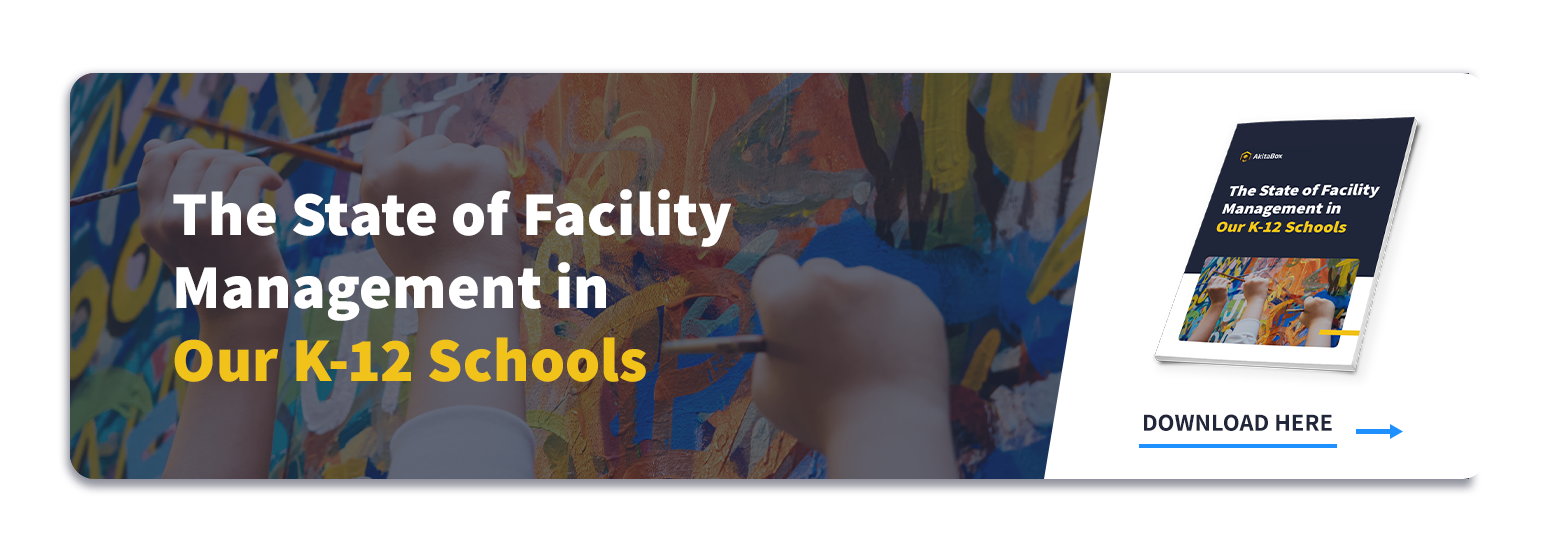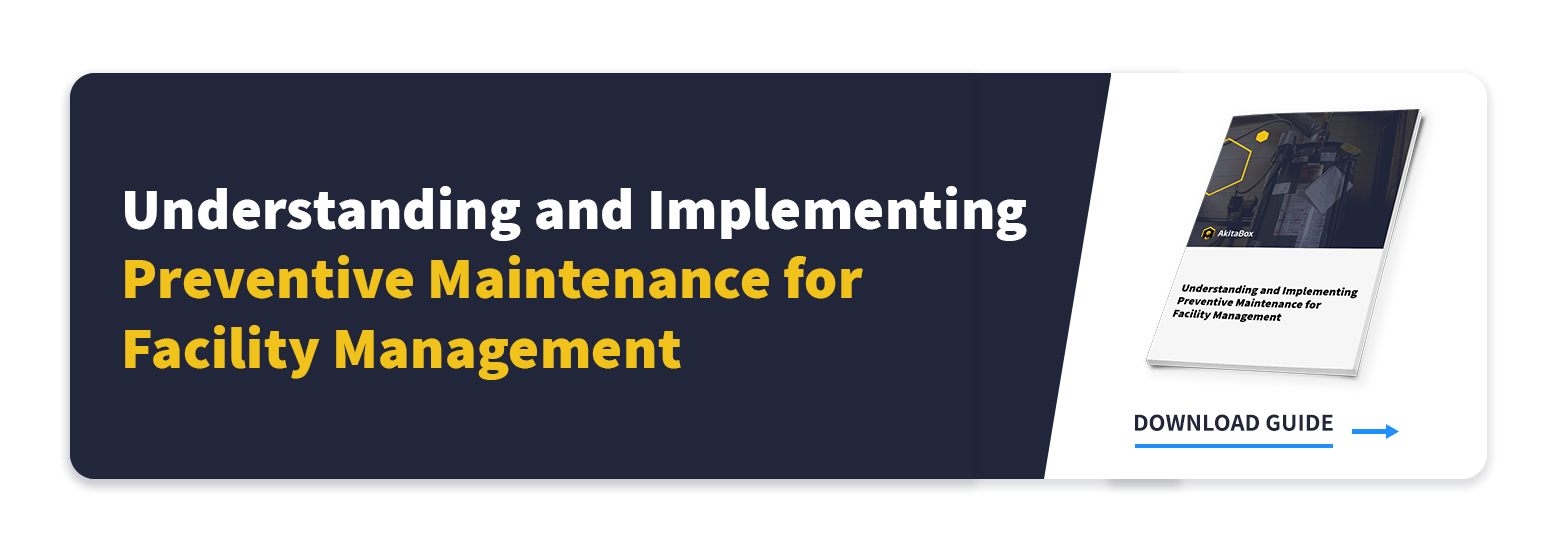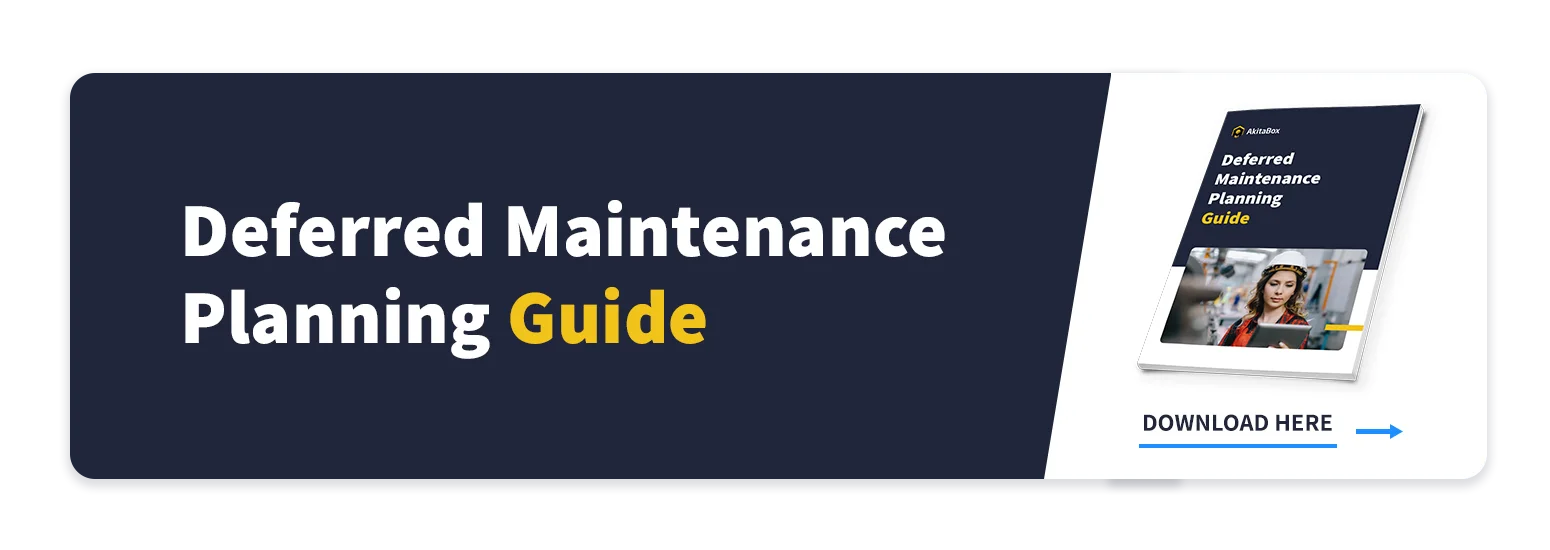You have a lot of responsibilities you juggle in your role. Checking fire extinguishers, responding to teacher’s service requests, practicing actual juggling…or is that last part just me?
When it comes to your day job, no matter the size of your schools, the number of buildings you manage, or where you are located, you share a common mission with all K12 facilities and operations leaders: deliver safe, healthy, and comfortable schools for students and staff.
The quality and condition of your schools have a direct correlation to the health and well-being of your students. You play a critical part in ensuring student health, happiness, and high academic performance.
The Importance of Healthy School Facilities
Have you ever delayed an inspection of your building? Put off investigating that rattle coming from your AC unit? Postponed water fountain repairs? Managing and maintaining school buildings is a constant balancing act of competing priorities. If your schools are like most, you are trying to balance these priorities without the resources or headcount that you really need to meet your goals.
Students and staff spend a lot of time in your buildings. In fact, the average US student spends over 987 hours a year in K12 facilities.
It’s your responsibility as the leader of your buildings to keep on top of the to-do lists and provide a healthy environment for staff and students. If you’re looking for ways to understand and improve how your facilities impact student health, check out our roundup of the information below.
Ventilation
Poor building ventilation has been shown to increase respiratory illness among students, lower daily attendance rates, stall task competition in the classroom, and even lead to higher rates of truancy and suspension. The COVID-19 pandemic has created a heightened awareness of the importance of proper ventilation, filtration, and airflow in schools.
Lighting
Something like lighting may seem trivial, but there’s a lot more to it than meets the eye. Proper amounts of daylight, access to rooms that don’t produce glare, and adjustable lighting for computer work have been proven to increase students’ ability to focus, stay alert, and learn.
Cleanliness
While staff and students can contribute to the daily cleanliness of our facilities by practicing hygienic habits, remember that controlling things like allergens, pests, and irritants are often out of their control. Your school janitorial teams are integral to keeping learning environments and spaces clean and disinfected.
Water Quality
The U.S National Drinking Water Standards provide clear instructions and guides to ensuring water is safe for students to drink. You should test your water, check for leaks, and avoid water stagnation to help keep drinking fountains safe for use.
Moisture
Moisture can seep in through many areas of your school, including your roofing, plumbing, or HVAC equipment. If left untreated it can become a breeding ground for mold, which can cause health reactions and sickness in students especially those with allergies or asthma.
Safety and Security
Safety and security include not just the equipment you have in places such as fire extinguishers and carbon monoxide detectors, but also the emergency plans you have in place. These plans should include egress plans and documented procedures that can be practiced and communicated to students, parents, and staff.
Quick Ways To Improve School Facility Health
Delivering healthier K12 facilities for a better learning environment starts with you and your team. Here are a few quick tips on how you can keep your facilities healthy this year:
- Keep an inventory of your facilities assets – Knowing what assets you have, where they are located, and when the last time maintenance allows you to make sure nothing falls through the cracks.
- Schedule routine inspections – While it is easy to push out routine inspections as you are dealing with seemingly higher priority items, doing these on a regular basis can often catch issues such as poor ventilation, moisture, or malfunctioning safety equipment before it becomes an issue.
- Start tracking deferred maintenance – As a deferred maintenance list grows, assets begin to perform sub-optimally which can affect the health of students and staff. Having a deferred maintenance plan in place can help you prioritize these tasks and secure the budget you need from your school board.
- Build out preventive maintenance schedules – Preventive maintenance helps assets run efficiently and keeps you one step ahead of future breakdowns. Look at what PMs you have scheduled today and where there is room for improvement. Managing PMs in a facility management software that can create automated tasks and assignments makes it easy to schedule and edit this recurring work.
What else do you do to ensure healthy facilities for your occupants? Comment below with your advice!



